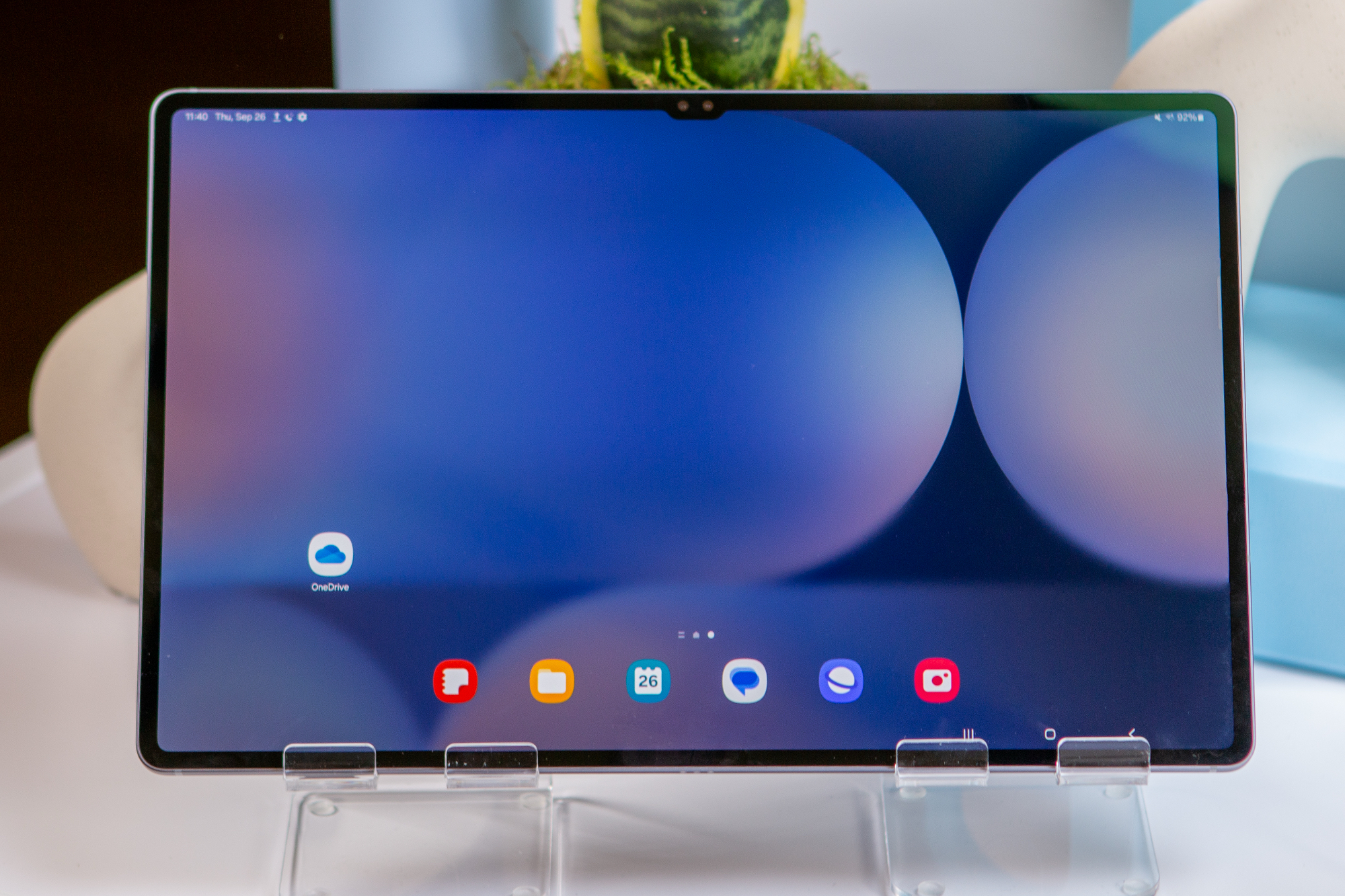Everyone will copy the new RAZR design and soon we'll be sick of it again
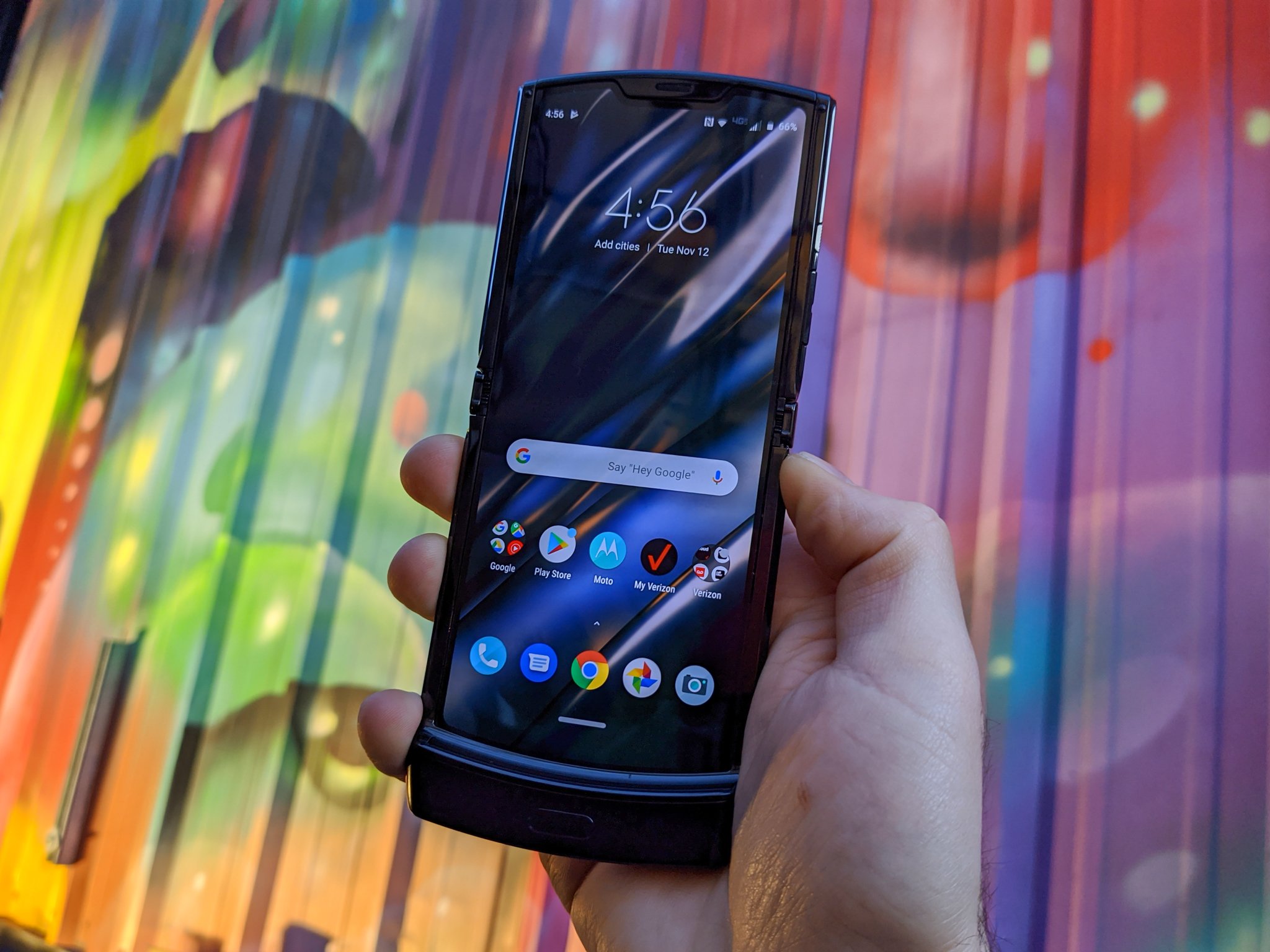
Before I bought the Motorola RAZR V3 on Cingular in 2005, I owned a Motorola V600, and it was suh-weet! It was a small clamshell phone with a color screen, and its polyphonic ring tones sounded like bird songs. My favorite feature was the RGB notification light ring on the outer shell that could be customized for different alerts and callers. It was the first phone that enticed me with cool features, but my next one would be a fashion phone. I would never own a feature-phone again.
At that time, the market was growing stagnant. New features like color screens, email and messaging, flashing lights, and crisp sounds were becoming table stakes, and phones were starting to seem repetitive. Enter the RAZR.
It was not the first phone to try to look cool, but it may have been the first to succeed at doing it. It was the first phone that could sell you on an aesthetic before features. Instead of specs and features, it sold you on a lifestyle.
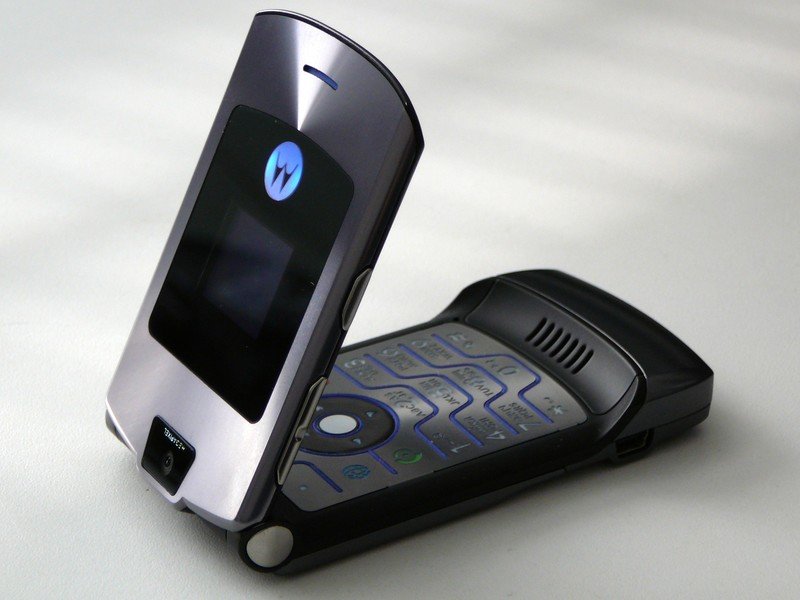
Not for long. While the phone was available for $500 or so with a 2-year contract agreement by the end of 2004, when I bought mine in late 2005 it was much cheaper, around $200 or so with a contract, and I got the matte black one that was by far the coolest.
Motorola would soon flood the market with RAZR phones. Every carrier had a RAZR, some in unique colors. There were higher-spec RAZRs, Dolce & Gabbana RAZRs, and then a RAZR V3i that was one of the only phones allowed to synchronize playlists with Apple's iPod-only iTunes software.
Then there was the RAZR Maxx. The RAZR 2. The RIZR slider phone (with the RIZR Z8 "banana phone" variation). The cheaper KRZR. Motorola milked the brand and the design language until the feature phone market was flooded and copied ad nauseam. Sanyo produced a surprisingly adept but unfortunately ugly "Katana" phone that was a close imitator. LG followed up with its own sleek, but less-sharp Chocolate series of feature phones, and these generated their own family and following.
What halted the RAZR's meteoric rise? Perhaps the iPhone, but the BlackBerry Curve, the T-Mobile Sidekick, and other QWERTY smartphones were already making some inroads into feature phone territory. Before the iPhone took its place in so many pockets, side-sliding quick-messaging devices were fomenting the popularity of messaging over calls. Motorola brought back RAZR branding on Android, and some were very good devices, but they didn't quite have the industry-leading design or overall pop-culture buzz the original so ardently earned.
Be an expert in 5 minutes
Get the latest news from Android Central, your trusted companion in the world of Android
The phone market is boring again, just like last time.
Fast-forward to 2019 and suddenly the phone market is boring again, just like last time. That is to say, we have the most amazing portable devices in our hands, and we're completely tired of looking at them. The features have exceeded our imagination, but we're simply bored of looking at these slabs of glass and no level of technological awe will change that.
Enter the RAZR. It isn't the first folding phone, but it's the first that understands the fold as more than a technological leap. Phone makers know that exciting new features sell exciting new phones, so they often invent the technology and features first and then find a way to fit them onto a mobile device. The Motorola RAZR integrates the technology in a way that recalls its heritage. This is a RAZR. It is a thin phone that folds smaller. In 2004 that was achieved with a laser-etched keypad and a sharp aluminum frame. In 2019 that means a smart way to fold a smartphone.
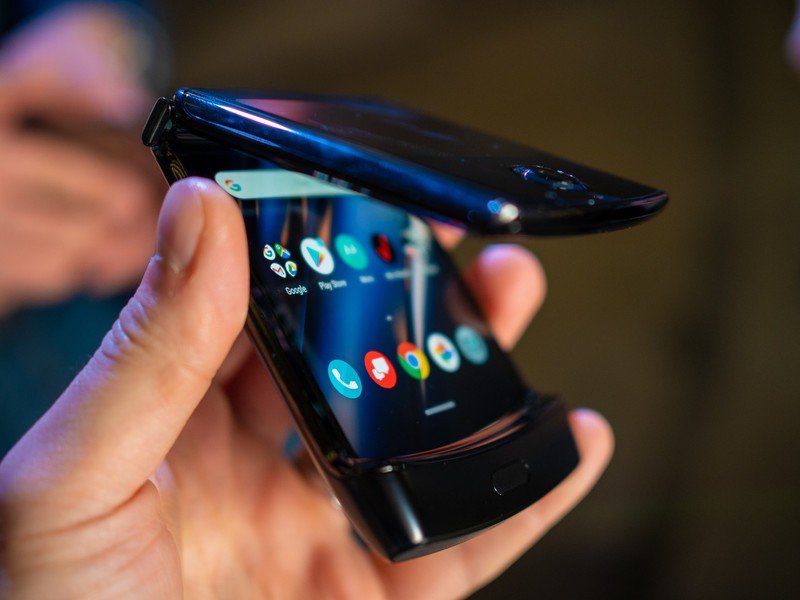
There is no doubt we will see imitators, and quickly. Manufacturers are champing at the bit to find a new angle, literally, and the scattershot approach to folding displays thus far has seemed like more of a curiosity than the next direction for the mobile industry. However, Motorola has hit upon a way to seamlessly blend the new technology into the familiar. Users are not asked to take on new behaviors or accept new limits.
These phones will first be amazing, then they will be affordable.
The industry will learn from Motorola's concept and grow. Within three years, I would expect to see all of the major players except Apple offer a phone that strikingly resembles the RAZRs proportions and bend. These phones will be amazing, and then they will be affordable. The bending glass will become table stakes, a commodity for flagship smartphones. We will grow bored. And then?
I predict keyboards. Full keyboards, with all of the letters. A QWERTY on every phone. Hopefully, by 2025, the 20th anniversary of Motorola's other iconic success, we'll see the next Moto Q, and we'll grow bored with it again. And so the cycle will continue.
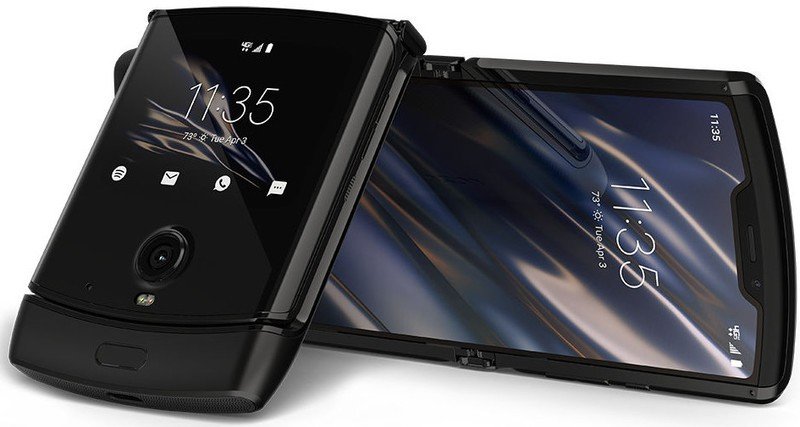
Motorola's new take on the RAZR will be here soon.
The Motorola RAZR refreshes the classic clamshell phone into a modern foldable marvel. It'll be sold exclusively at Verizon in the U.S., and pre-orders begin December 26. It's an expensive piece of tech, but at least right now, it stands out as something unique in the smartphone market.

